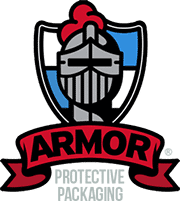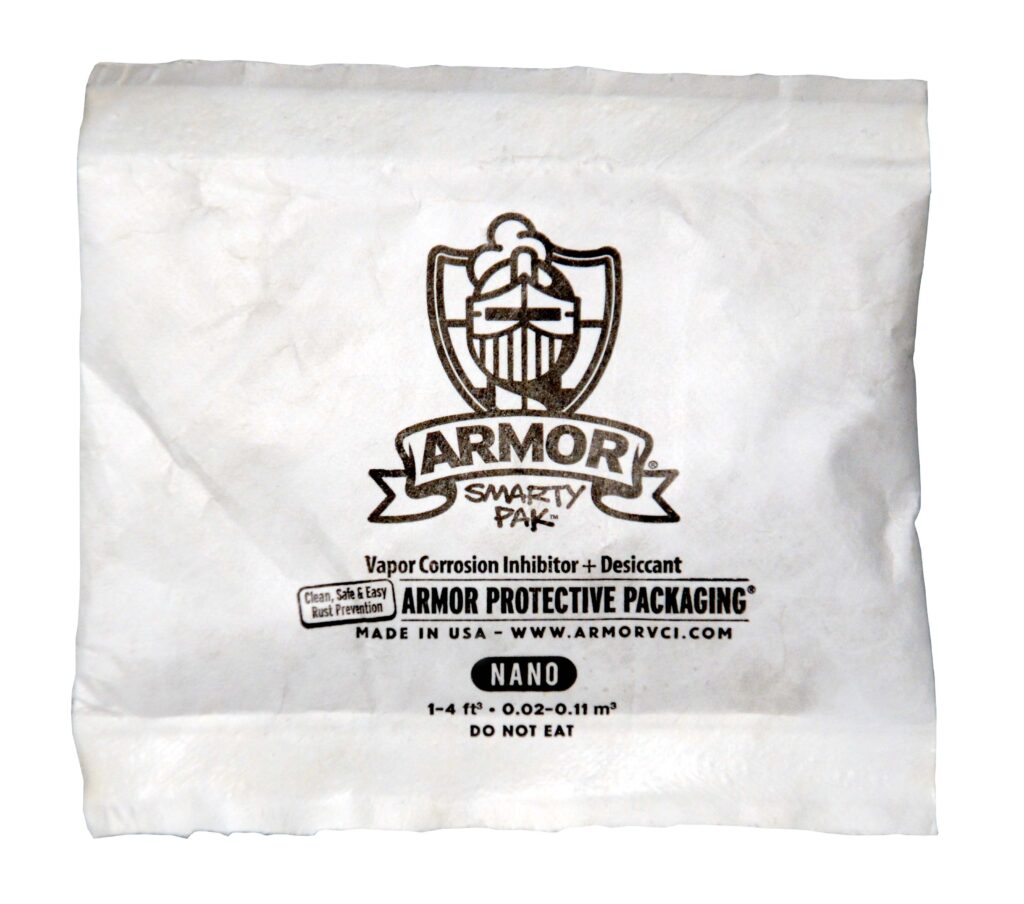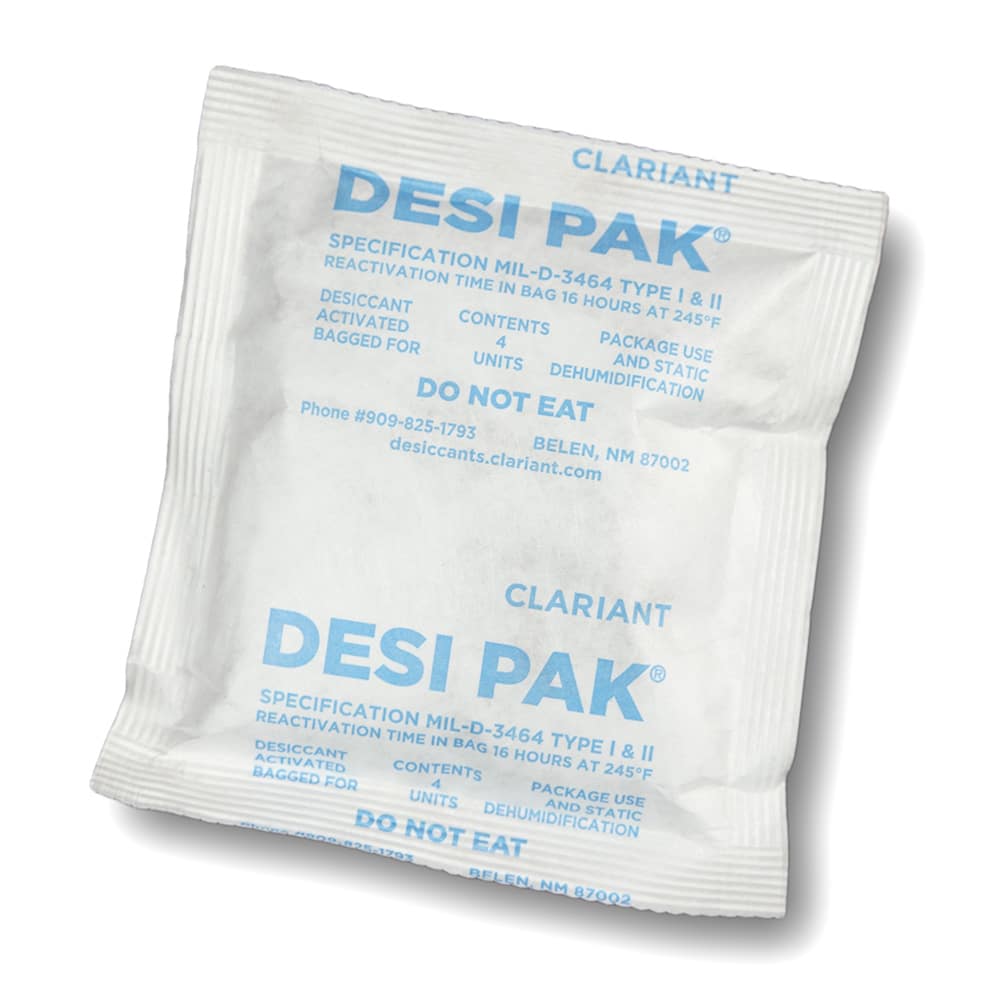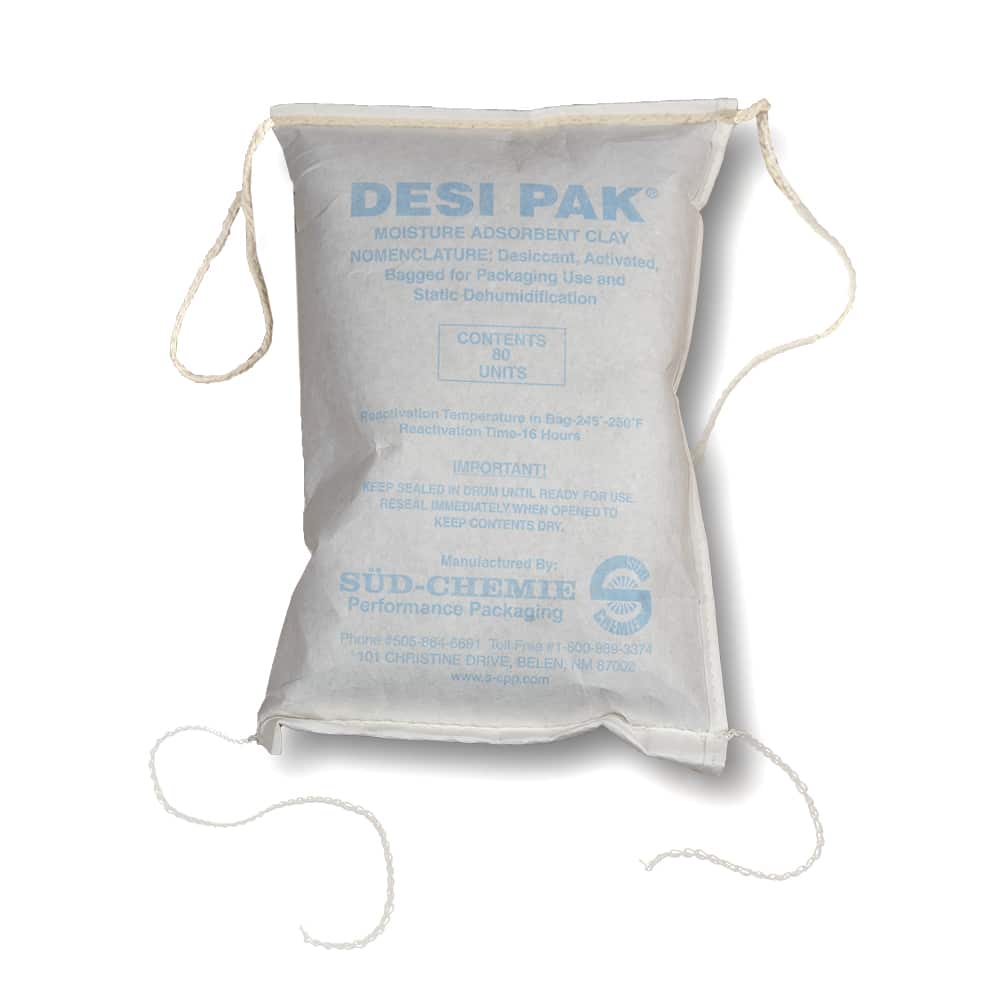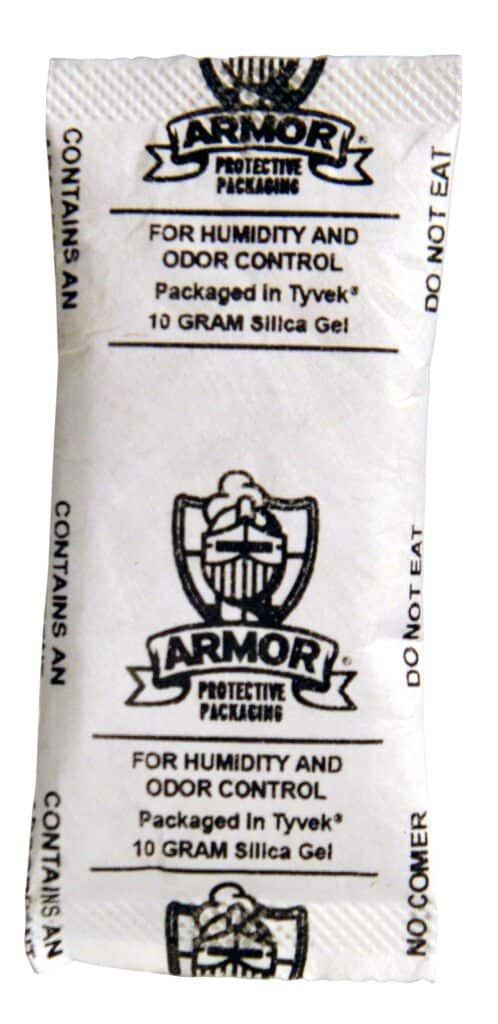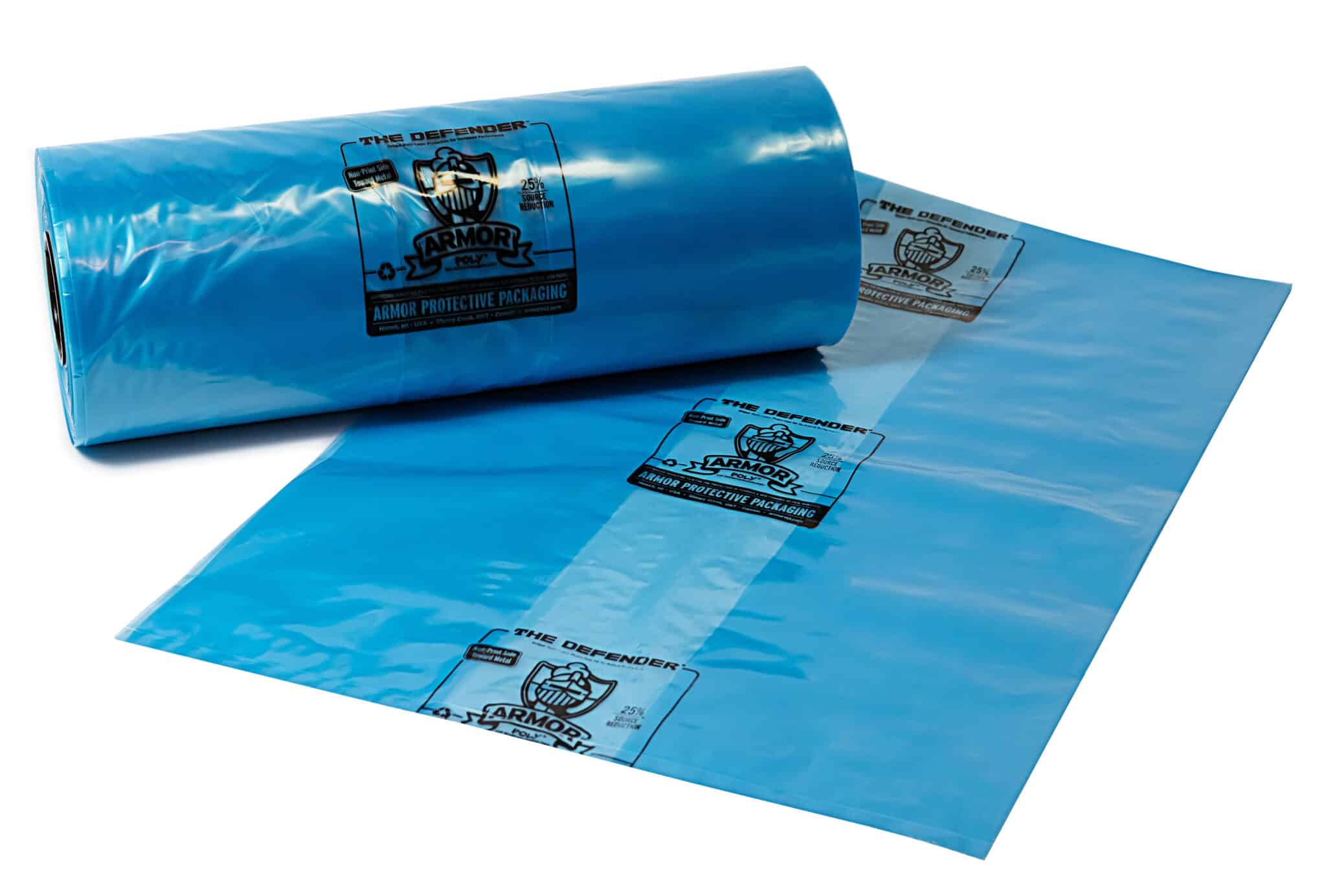Keeping metal parts clean and rust-free while they are in process, in storage, or in shipping and transport is a battle worth fighting. It can save a manufacturer the resources required to rework, scrap, or replace rusted parts and, in turn, save time, money, and reputation. The first step in preventing corrosion of metal parts is identifying the cause – most often, moisture, humidity, and condensation are at the top of the list. Desiccants are made of materials that remove moisture and humidity and they offer an easy solution to preventing the damage of rust and corrosion.
What is a Desiccant?
Desiccants are drying agents that are used to “trap” moisture and control humidity levels in an enclosed space such as packaging, boxes, totes, or shipping containers. They are made from hygroscopic substances such as silica, certain types of clay, or calcium chloride, that attract and hold moisture from the environment to create or maintain a state of dryness. These substances appear to have one solid surface, typically in the form of small beads, granules, crystals, or pellets. But, when they are magnified, you see that the surface of these drying agents is very porous, which explains why they can hold a large percentage of their weight in moisture.
How Do Desiccants Work?
Most desiccants work using adsorption, a process where moisture adheres to but does not penetrate, the porous surface of the desiccant. It’s like a magnet for moisture – when the surrounding environment is humid, the moisture in the air sticks to the surface of the desiccant like a magnet sticks to metal. In addition, a few desiccants do exist that operate through absorption (the process of a substance being drawn up or taken into the inner structure of an absorbent material) similar to a sponge, but they are less common.
Adsorption vs Absorption
Adsorption and absorption are two different processes that are often confused, but understanding the difference is key to choosing a desiccant that will be most effective for the conditions of a specific application and the level of moisture control needed. In simplest terms, desiccants are generally designed to attract and “trap” moisture molecules on their surface through what is called adsorption. Adsorption is like a molecular-level stickiness where moisture molecules stick to the surface that they come into contact with, aka, the desiccant. Absorption goes a step further in that the moisture molecules penetrate or become integrated into the material’s structure.
To illustrate, think of a tomato plant in your garden. The plant’s roots take in water from the soil, and it becomes an essential part of the plant’s structure and growth through the process of absorption. Adsorption, on the other hand, is like dewdrops sticking to the leaves of the tomato plant – the droplets remain on the surface of the leaf, but they do not penetrate to become part of its internal structure.
When desiccants are used in the storage and shipment of metal parts, they help to prevent the range of issues that rust, and corrosion can cause. For optimal results, it is important to use the proper size and quantity of desiccant based on the size of the metal/metal parts to be stored or shipped as well as the container’s size and volume, the container’s physical properties, and the estimated length of protection.
What are the Types of Desiccants?
Desiccants are valuable tools for safeguarding metal parts from rust and corrosion through moisture control and there are several that are most commonly used – each with unique properties and advantages.
- Clay Desiccants: The most economical desiccant, made from natural materials like bentonite and montmorillonite clay. Clay is biodegradable, environmentally friendly, very effective in normal temperature and relative humidity, and can adsorb up to 30 percent of its weight in water vapor (moisture) at 77°F (25°C).
- Silica Gel: One of the most common desiccants, made from tiny beads of silica, which adsorb up to 40 percent of its weight in water vapor (moisture). Silica gel is non-toxic, non-flammable, and better suited than clay for use in temperatures above 120°F (49°C).
- Calcium Chloride: Actively absorbs and retains a large volume of water vapor (moisture) quickly — up to 200 percent of its weight. Calcium chloride is non-toxic and is effective in a wide temperature range from approximately -4°F (-20°C) to 90°C (194°F).
- Molecular Sieve: A synthetically produced and engineered version of a natural desiccant with a very porous structure that selectively adsorbs specific molecules, including moisture/water. Molecular sieve desiccant has a high adsorption capacity for water vapor/moisture and remains effective for long periods of time and in temperatures above 100°F (38°C).
How are Desiccants Used in Shipping and Storage?
Desiccants act as dehumidifiers; they adsorb excess moisture from the air and reduce humidity levels in an enclosed space. For metal parts packaged in boxes, bins, crates, or, shipping and storage containers, a desiccant can be essential to preserving their appearance and functionality. Desiccants ensure that metal parts remain in optimal condition and eliminate the expense of reworking or scrapping damaged metal parts or the need for additional rust-prevention interventions.
Desiccants are available in a variety of pre-packaged forms (packets, packs, pouches, bags) and sizes, making them simple to use. They can easily be placed directly into packaging or storage containers without special training or complicated instructions. Some of the most common uses of desiccant in keeping metal parts clean, dry, and rust-free include:
- Packaging: Desiccant packs or packets can be inserted in the packaging of metal parts to maintain low humidity levels and help prevent moisture-related corrosion.
- Finished Parts Storage: Desiccants can be positioned within storage bins, covered racks, or shelves where finished metal parts are held before assembly or shipping to maintain a dry environment.
- Pallets: Desiccants can be added to pallets of metal parts before they are wrapped to reduce the risk of rust during storage or shipment.
- Shipping Containers: Desiccant packs or bags can be included to remove moisture and protect metal parts during transport, especially when shipments are exposed to differing climates and levels of humidity.
- Warehouse Storage: Desiccant bags can be included in storage containers to control moisture while metal parts are stored – especially in manufacturing plants or warehouses with highly humid conditions.
ARMOR Desiccant Options
ARMOR offers several options to manage moisture, humidity, and the risk of damage due to corrosion that could threaten your metal parts or components. Take a look at ARMOR Shield® Desiccants and ARMOR’s exclusive VCI and desiccant combo, the SMARTY PAK™, or contact us to learn more about ARMOR desiccant products.
Shop Moisture Control Products
Related News
Armor Protective Packaging® combined desiccants with its VCI (vapor corrosion inhibitor) rust-prevention technology to create SMARTY PAK™ – a uniquely new product that protects metal parts from the most demanding conditions.
